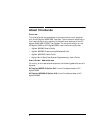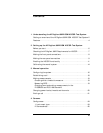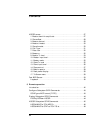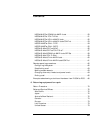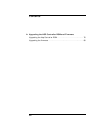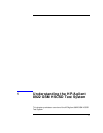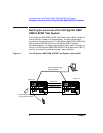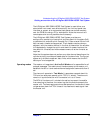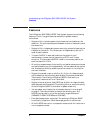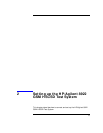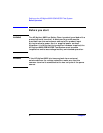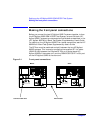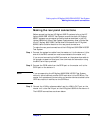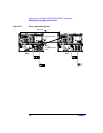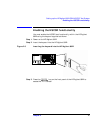
4 Chapter1
Understanding the HP/Agilent 8922 GSM HSCSD Test System
Features
Features
The HP/Agilent 8922 GSM HSCSD Test System supports the following
features. The full range of features available in speech mode is
maintained.
• Support of fully variable power level of each active timeslot on the
downlink. This provides complete freedom to control the amplitude of
the downlinks.
• Support of fully independent power control by protocol of each active
timeslot on the uplink. This allows you to independently set the Tx
level of each timeslot.
• Transmit SACCH in each active slot on the downlink (call
maintenance + power control) according to ETSI multi-frame
structure. This provides a SACCH frame in the correct position on
both the downlink TCHs.
• All existing measurement functionality and performance maintained
and performed on any slot independently. You can select either uplink
slot to measure, either by selecting one instrument or via a field on
the user interface.
• Support of protocol to set up a 2x2 or 2x1, 9.6 or 14.4 kbps timeslot
uplink/downlink data channel (both Mobile Originated and Mobile
Terminated). The existing HP/Agilent 8922P functionality to
originate or receive a call is still available.
• Support of burst-by-burst (fast) BER test on both 14.4 kbps timeslot
data channels simultaneously. The existing bit error test functionality
of the HP/Agilent 8922P is available in speech mode only.
• You can select any timeslot for the master channel in the range 2
through 5. The slave timeslot is always the following slot. Any
ARFCN can be used in any of the currently supported bands
(GSM900, E-GSM, DCS1800 and PCS1900).
• Dual-band assignment supported. The existing HP/Agilent 8922P
functionality to perform a dual-band assignment is maintained.
• All 2x2 HSCSD calls are in transparent mode and all 2x1 calls are in
non-transparent mode.



